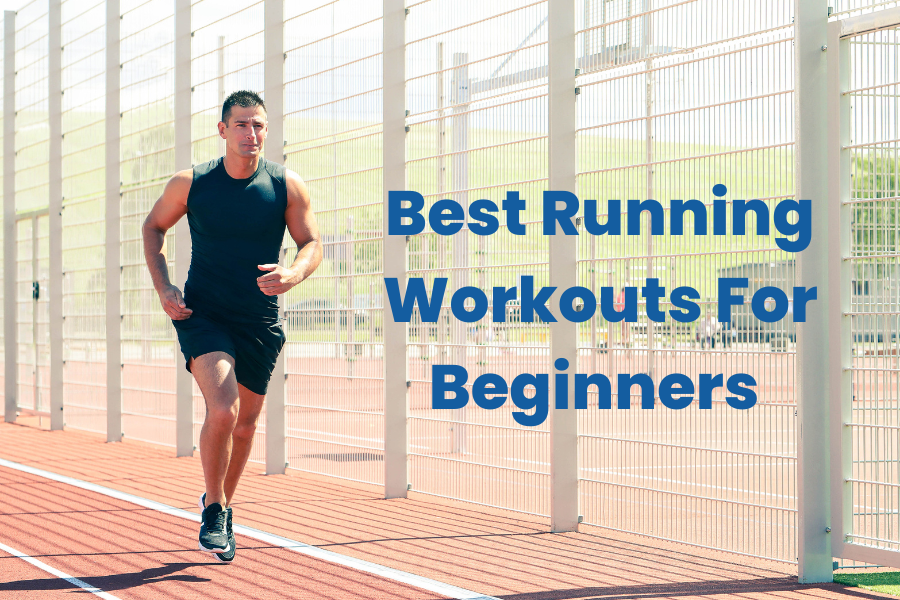Read Our Latest Blogs
Read about science-backed fitness facts, healthy eating habits, workout tips and tricks, nutritional foods, and more. Your one-stop shop to stay updated with in-vogue fitness trends.


There are many fitness assistants available. They vary significantly in quality, depending on how well they can understand and help you. The more feedback you give an assistant, the more it will learn about you and your fitness needs. AI assistants are good at helping you to keep a workout schedule. The best assistant can choose workouts based on the weather, your schedule, and what equipment you have available. They cannot tell if you're actually working out correctly or somehow injuring yourself!
There are many different types of fitness assistants. Some will help you track your progress, while others offer more specific advice on what to do next. For example, if your goal is to lose weight or get in shape, a diet plan might be best for you; however, if you have been exercising regularly but not seeing any results yet (and therefore don't know where or how much more effort should be put into it), then an exercise tracker may be able to help provide insight as well.
The pros and cons of each type of fitness assistant can vary depending on what features they offer and how well they work with the platform(s) being used (e-mail apps vs. web apps). Whether it's a paid feature or part of the free plan, the choice comes down to personal preference!
There's no harm in trying out different kinds of assistance programs before making any final decisions about which one works best for YOU!
When it comes to AI-based fitness assistants, the quality of their understanding and ability to help you depends on several factors. First, let's talk about how these systems vary from one another. Some are designed specifically for beginners, while others are made for more advanced users. Many apps have been developed by companies who have experience working with large amounts of data—and thus can use machine learning algorithms and deep learning techniques—but others are still being built by individuals or small teams who may lack this knowledge or resources.
As a result, some differences in usability between products: For example, some apps require that you input your current fitness goals and then tell them what kind of workouts you'd like (e.g., "I want my dog walking routine set up"). Others allow users to customize their routines manually; this allows them greater flexibility when designing workouts but also makes it harder for software engineers who don't know how much time people actually spend doing different activities outside of their regular routines (which could lead them down incorrect paths).
It's important to remember that reviews are subjective and can be biased. Reviews should never be taken as the final word on a product or service, especially when it comes to fitness apps.
If you're interested in trying out an AI-based fitness assistant, we recommend testing it out yourself before making a decision about whether or not it works for your needs.
You might also want to consider what kind of person wrote your review: If they had any agenda (such as promoting their own products), then their opinion may not be accurate. It's also possible that their fitness level differs from yours—if so, this could affect how well the app works for both of you!
The more feedback you give an assistant, the more it will learn about you and your fitness needs. The best way to do this is by giving it simple yes/no or thumbs up/thumbs down options for each question.
An example: "Should I run three miles today?" If you say yes, then the assistant can ask if that's okay with you—and if not, how far would make up for missing one day of running?
Feedback can also include more complex questions like "Are there any other activities I could do instead?" But whatever way they're worded, they should be short and clear enough so that users don't feel overwhelmed by too much information at once (or get frustrated).
AI-based fitness assistants can help you to keep a workout schedule. They will remind you of your schedule and help you schedule workouts into your day. They can also help with finding the correct times for exercises that fit into your life's busy schedule.
The best fitness assistant should be able to choose workouts based on the weather, your schedule, and what equipment you have available. It should also be able to adjust based on your personal fitness goals.
For example, if you have a busy day at work with meetings all day and then need some time away from your desk after lunchtime but don't have time for a gym workout before heading home, an automated assistant can help by suggesting several short walks that are easy enough for anyone but still challenging enough for those who want an extra boost in their health habits (or who want to take advantage of fresh air).
One of the biggest problems with AI fitness assistants is that they cannot tell if you're actually working out correctly or if you're injuring yourself somehow. They can give advice on how to move, but it's up to the user to decide whether or not they want to follow it. This can be especially dangerous for beginners who are just learning how their body reacts when exercised at different intensities and durations—and who knows what your body likes best?
Another issue with these programs is their inability to differentiate between healthy people who exercise regularly and those who aren't doing so well physically or mentally (this includes both those with chronic illnesses as well as those experiencing depression). By nature, humans like variety; we're always trying new things out! But this type of changeability doesn't mean we have room for error when working out: think about all those times when people told themselves, "I'll start exercising once again".
You should test-drive any fitness assistant before trusting it entirely. The best way to do this is by testing it in a variety of situations and with different people, both of which can help you determine what works best for your lifestyle.
For example, if you want to be more active but don't want to commit too much time or energy toward fitness, try using an AI-based fitness assistant that suggests workouts based on your preferences (e.g., "I'm feeling lazy today so let's just start with walking"). Or perhaps your goal is simply weight loss; then again, maybe you're looking for something more intense than traditional cardio training (like HIIT). In this case, create a workout plan based on the type of exercise that works best for each individual—and don't forget about all those other important factors like motivation level/energy levels, etcetera!
In the end, it all comes down to how much you trust your assistant. If someone can actually understand what you mean when you say, "I want to work out tonight," then they can be a great tool in getting you started on your fitness journey. The problem is that many people do not know what they mean or where to start with their fitness routine. You need an assistant that will help give suggestions based on your personal goals and needs as well as provide feedback when appropriate so that there aren't any surprises later down the line!

Although many men practice yoga, let's not delude ourselves into thinking that there is even a remote chance of equality...
27 September 2022
Running has various types, just like any other form of exercise. The best running fitness workouts for weight loss will...
28 September 2022
The FojFit app is not just a collection of exercises but a comprehensive fitness solution designed to meet your unique p...
30 May 2024